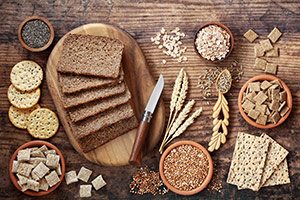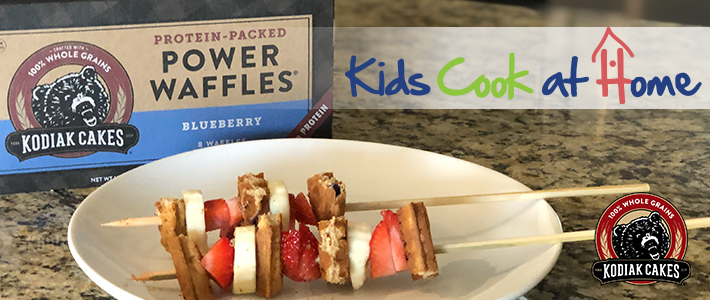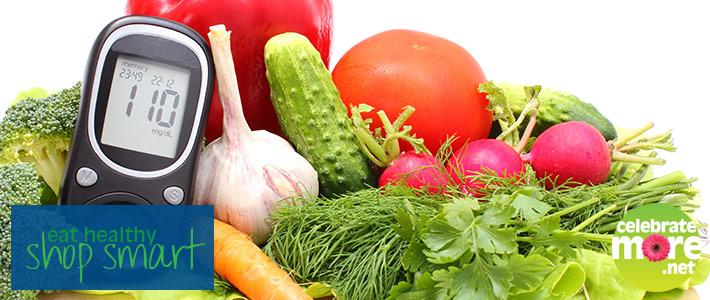
Give Your Heart Health A Boost 5 Ways

When I think of February, I think of Valentine’s Day. But there’s more to February than Valentine’s Day – we also bring attention to heart health for American Heart Month! It’s an important cause to dial into because heart disease is the leading cause of death among Americans¹. We can each do our part to change that statistic with small diet and lifestyle changes that will lead to a happy, healthy heart. Here are 5 ways to give your heart health a boost!
1. Include “healthy fats” in your diet
 Fats are an important part of a balanced diet, but not all fats are created equal. The term “healthy fats” refers to the mono- and polyunsaturated fats that should make up the majority of your recommended 20-35% of total daily calories from fat. Healthy fats make you feel fuller for longer, provide vitamins and minerals, and improve your blood cholesterol when used in place of saturated fats.
Fats are an important part of a balanced diet, but not all fats are created equal. The term “healthy fats” refers to the mono- and polyunsaturated fats that should make up the majority of your recommended 20-35% of total daily calories from fat. Healthy fats make you feel fuller for longer, provide vitamins and minerals, and improve your blood cholesterol when used in place of saturated fats.- Fatty fish like salmon, trout, and tuna are rich in Omega-3s (a polyunsaturated fat that promotes heart health)
- Oils – use these in place of solid fats, like butter
- Nuts – choose unsalted
- Avocados
2. Eat more fiber
- Eat the rainbow of fruits and vegetables! They’re naturally loaded with fiber and the variety of colors means you’re eating a variety of additional nutrients.
 Make the swap to whole grains, at least 50% of the grains you eat should be whole grains.
Make the swap to whole grains, at least 50% of the grains you eat should be whole grains.
- RD Tip: You can quickly tell if an item is whole grain if it lists whole grains as the first ingredient on the nutrition label.
- Try one of my favorite fiber sources – beans!
3. Get active
- Take necessary phone calls or meetings while walking – this can be outside or around the house. Either way, stand up and get moving!
- Evaluate your daily routine. Where can you adjust for a 10-minute walk?
- Wake up 20 minutes earlier to start your day with a peaceful yoga session!
4. Reduce sodium in your food choices
When you eat large amounts of sodium your heart works harder to do its job, resulting in high blood pressure. Cutting table salt out of your diet is beneficial for reducing sodium intake, but most Americans eat large amounts of salt in the form of processed foods. These foods include chips, sauces, frozen meals, canned foods, and more! Look for “Low sodium” on the nutrition label but be aware that the words “reduced sodium” or “less sodium” do not identify the product as a low sodium food. Those terms indicate that the food item simply contains less sodium than the original.
![]()
RD Tip: Look for the Dietitian’s Choice shelf tag while you’re shopping to feel confident that you’re selecting a lower sodium option.
5. Sleep!
This is a factor that the American Heary Association recently added to the list, and I’m very excited about it! We often overlook sleep, as it’s the first thing to fall away when things get overwhelmingly busy. Consistently not getting enough sleep is associated with many poor health outcomes including inflammation and stress. Sleeping the recommended 7-9 hours is key for maintaining your mood and energy levels. A positive mood and high energy levels will surely help you tackle the above intentions.
—
Give your heart some love this month by focusing in on one of these suggestions. Your heart will thank you! Do you have a question about food and heart health? Our Registered Dietitian Team is happy to answer – submit a question below!
Happy Eating!
Jess, Registered Dietitian
MPPD, RDN, LD

















